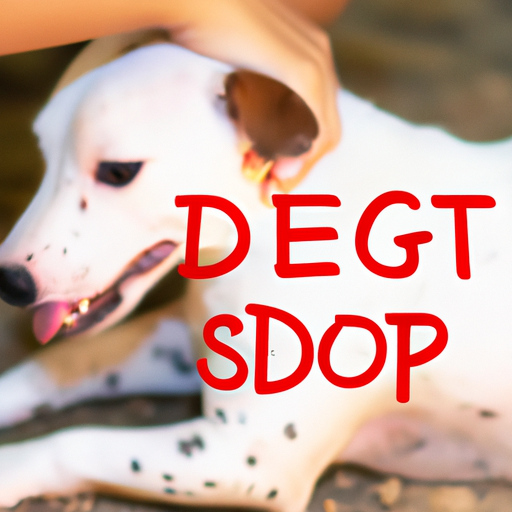Hot spots, or acute moist dermatitis, are a common issue that can affect our canine companions. As a caregiver, your goal is to alleviate your pet’s discomfort and promote healing. Read on to discover what you can do to help your furry friend.
Understanding Hot Spots
Hot spots are localized areas of skin inflammation and bacterial infection. They often appear as red, irritated, and moist patches that can cause severe itching and discomfort for your dog.
Hot spots can develop due to a variety of factors:
- Allergic reactions
- Flea, tick, or mite infestations
- Poor grooming
- Humidity and heat
- Skin wounds or scrapes
Understanding the cause of your dog’s hot spots is key to not only treating the current issue, but also preventing future ones.
Initial Home Remedies
Before you can apply any treatment, you need to expose the area and clean it. Here are some steps you can follow:
- Carefully trim the hair around the hot spot with clippers. If the area is too painful or the hot spot too large, seek professional help.
- Clean the area with mild water-based astringents or hydrogen peroxide.
- Apply a cool compress to the area to help alleviate pain and decrease inflammation.
After cleaning the area, you can apply natural remedies:
- Aloe Vera: It’s cooling and soothing properties can provide instant relief to your dog.
- Chamomile and Green Tea: They have properties that aid in soothing the skin and promoting healing.
Remember, these remedies are intended for mild cases. If your dog’s condition does not improve or worsens, a trip to the vet is necessary.
Over-the-Counter Medication
Several over-the-counter (OTC) products can help treat your dog’s hot spots. These include:
- Topical sprays or creams: Look for products that contain hydrocortisone, which can help with itching and inflammation.
- Oral antihistamines: These can help to control allergic reactions that might be causing the hot spots.
- Medicated shampoos or washes: These can help to keep the area clean and promote healing.
| Product Type | Usage | Consideration |
|---|---|---|
| Topical spray, cream | Direct application | Consult vet for correct dosage |
| Oral antihistamines | Oral ingestion | Not all are safe for dogs, always check with a vet |
| Medicated shampoos, washes | Application during bath time | Avoid eyes and ears |
Remember, always consult your vet before starting any new medication regimen.
Professional Veterinary Treatment
If your dog’s hot spots don’t respond to home treatments or OTC medication, it’s time to see a vet. Your vet may prescribe stronger topical treatments, oral antibiotics or special shampoos. In severe cases, your dog might need a steroid injection to calm the inflammation and itchiness.
Prevention is Better Than Cure
To prevent hot spots, consider the following:
- Regular grooming to prevent matting and tangles
- Flea and tick prevention measures
- Regular exercise and a balanced diet for a healthy immune system
- Avoidance of known allergens
FAQ
Q: Can I use human medication on my dog’s hot spots?
A: Not all human medications are safe for dogs. Always consult a vet before applying any kind of human medication.
Q: How long does it take for a hot spot to heal?
A: With proper treatment, hot spots should begin to heal within a few days. However, full recovery might take one to two weeks or longer for severe cases.
Q: Can hot spots spread to other areas?
A: Yes, hot spots can spread if left untreated. It’s important to start treatment as soon as you notice a hot spot.
Q: Can I prevent hot spots from recurring?
A: While there’s no guaranteed way to prevent hot spots, regular grooming, a healthy diet, and flea and tick control can significantly reduce the risk.
In conclusion, as a caregiver, your role is crucial in managing your dog’s hot spots. Remember, it’s always best to consult with a vet if you’re unsure or if your dog’s condition worsens.



